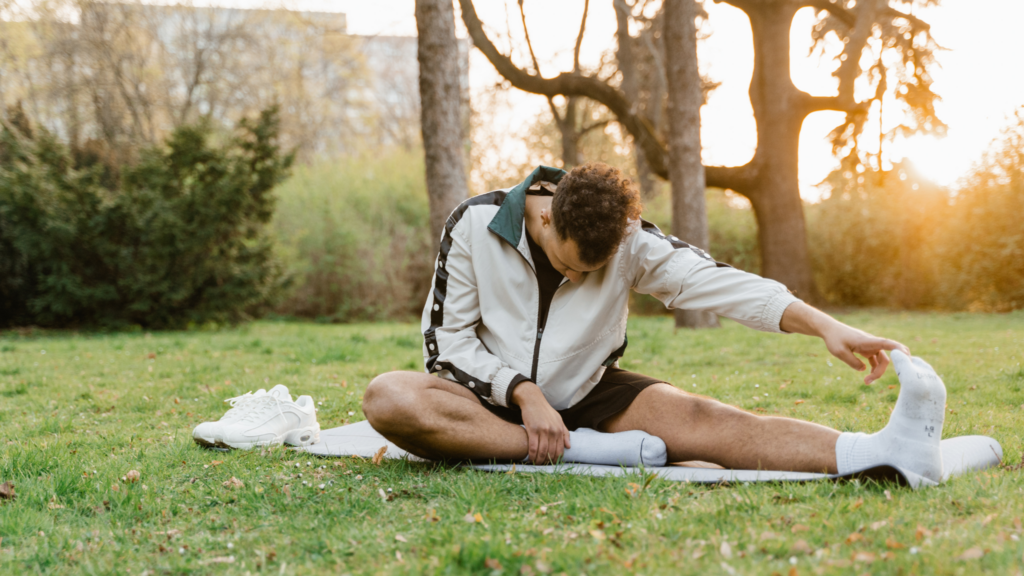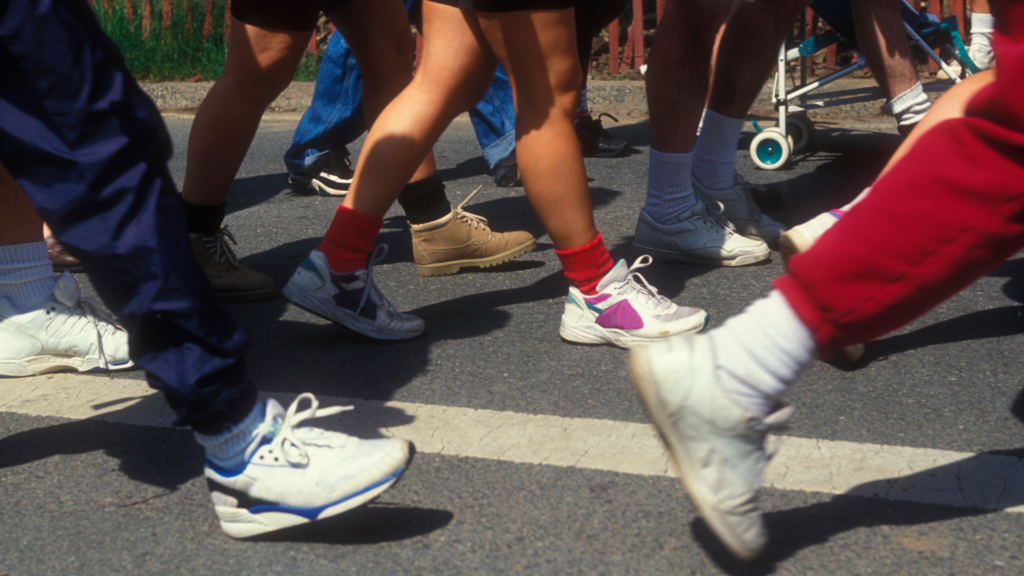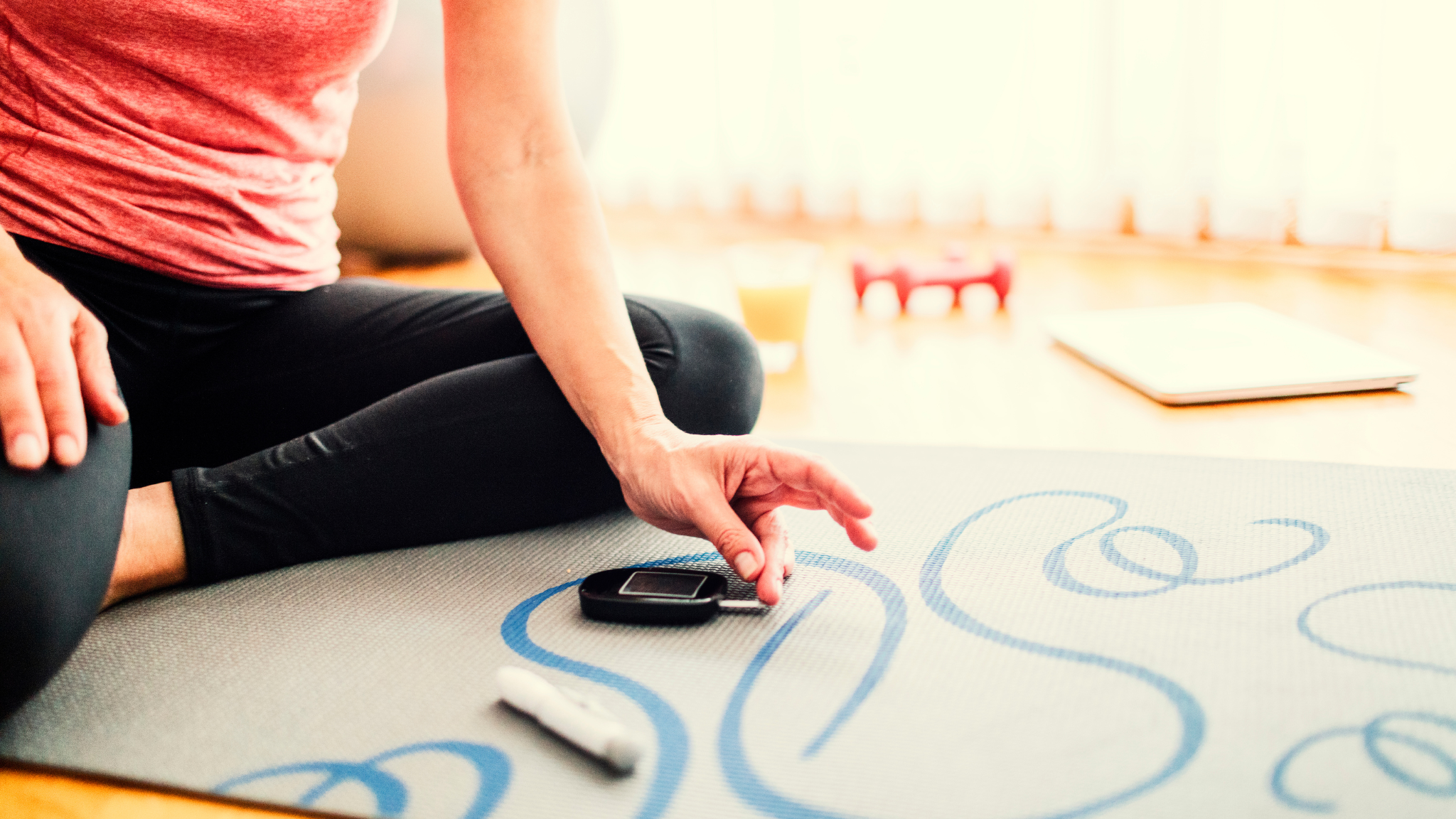Keeping track of your blood glucose levels should be one of your top priorities if you have diabetes. Some common health complications include heart disease, nerve damage, and mental health problems. Thankfully, doing exercise frequently can help you lower your blood sugar levels, but you may be wondering: What exercise lowers blood sugar the fastest?
The good news is that there are plenty of options you can consider. If you follow a healthy routine, you’ll be able to get lower blood sugar levels and decrease the risk of developing high blood pressure, among other benefits.
Let’s get started!
How Important Is It to Have an Exercise Routine When You Have Diabetes?
Exercise is an excellent way to stay healthy when you have diabetes, but you must be careful about the routines you choose. There are many benefits you can experience besides getting low blood sugar levels, including:
- Lower insulin resistance
- Less risk of heart disease
- Healthy body mass index
- Better mental health
- Better sleep
- Improved mood
You don’t need to have an extreme weight training session every day to get these benefits. There are plenty of diabetes exercises for elderly people (and people of all ages) you can start trying out tomorrow.
Before you start, however, make sure to ask your doctor and check your blood sugar levels before and after the routine.
How Does Exercise Help You Control Your Blood Glucose?

When you do exercise regularly, you increase your insulin sensitivity. This is the hormone responsible for allowing your body’s cells to use your blood sugar to get more energy.
Depending on how long you’re active, you can exercise to bring down blood sugar for up to 24 hours or more.
Something important to keep in mind is that if you’re taking insulin (or diabetes pills), you must adjust your dose and/or carbohydrate intake as soon as you become physically active. Not checking your blood sugar levels before and after exercise could cause you to experience hypoglycemia.
In other words, exercise is greatly beneficial for your body and mind. However, you must choose the right activity and keep your blood sugar levels in check.
Can Exercise Also Cause Blood Sugar Spikes?
Even though many diabetes exercises for seniors can help them lower their blood sugar levels, others can cause the opposite effect. Some people may notice that their blood sugar goes up after exercise, which discourages them from staying active.
The short explanation is that some types of exercise can raise your blood sugar levels. If you go into competitive sports or heavy weightlifting sessions, your body could produce stress hormones like adrenaline. Adrenaline can stimulate your liver, causing it to release glucose to get your body more energy to finish the workout, which can spike your blood sugar levels.
Heavy weightlifting is excellent for those who want to increase muscle mass, keep a healthy body weight, and other benefits. However, you may not be able to take intense sessions at first.
The best thing you can do is to ask your physician to see which exercise options are more viable for you. If all you want to do is keep a healthy weight and control your blood sugar levels, there are plenty of workouts you can follow that will do the trick.
What Exercise Is Best for Lowering Your Blood Sugar?

It’s recommended for people with diabetes to get at least 150 minutes of exercise per week. This translates to 20-25 minutes of physical activity each day.
Now, which exercise is best for lowering your blood sugar? It depends on your case. There are many amazing moderate-intensity exercises that do a great job at lowering your blood sugar, so it may be hard to decide which ones do it best or faster.
If you’re serious about controlling your blood sugar levels fast, however, there are two options you could try out first.
The first option is walking. Walking has always been one of the best exercises for everyone, especially seniors. It helps people with diabetes get better circulation, strengthen key muscle groups, and of course, lower blood sugar levels.
You can start by brisk walking for 20-30 minutes each day. As your body gets stronger, you could increase the intensity a bit. If you reach a point where you can start running or using a stationary bike, make sure to ask your physician first.
The second option is light resistance and strength training. Remember you don’t have to start with an intense fitness class or heavy weights. You can begin with short sessions of squats or leg raises; these are perfect for bringing those blood sugar levels down.
If you don’t feel comfortable with squats yet, for example, you could incorporate a chair. This allows you to progress into the movement more easily. All you have to do is sit on the chair and get up. These exercises are also amazing for weight loss.
Other Activities You Can Include in Your Exercise Regimen
Even though these are the two best options for moderate-intensity exercise, there are many more you can incorporate into your daily routine. These include:
- Yoga
- Tai Chi
- Dancing
- Yard Work
- Posture Exercises
- Stretching
- Chair Exercises
- Swimming
- Cycling
- Pilates
Keep in mind that some of these exercises may be more intense than others. We recommend you take the necessary precautions regardless of which activity you plan to do. The more careful you are, the more likely you’ll be to get all the benefits of regular exercise.
If you’re looking to relax your mind too, we suggest you try out yoga and tai chi. Both of these involve low-impact movements, meditation, and breathing. Incorporating yoga/tai chi sessions into your routine will help your body and mind feel at ease.
Bottom Line
There are countless benefits to exercise. The best news is that you can still do many workouts if you have diabetes.
Whether you decide to start walking or swimming, remember to check your blood sugar levels before and after exercising, ask your doctor, and start small. If you don’t feel motivated enough, you could ask a friend or relative to tag along! That will make your workout more fun.


